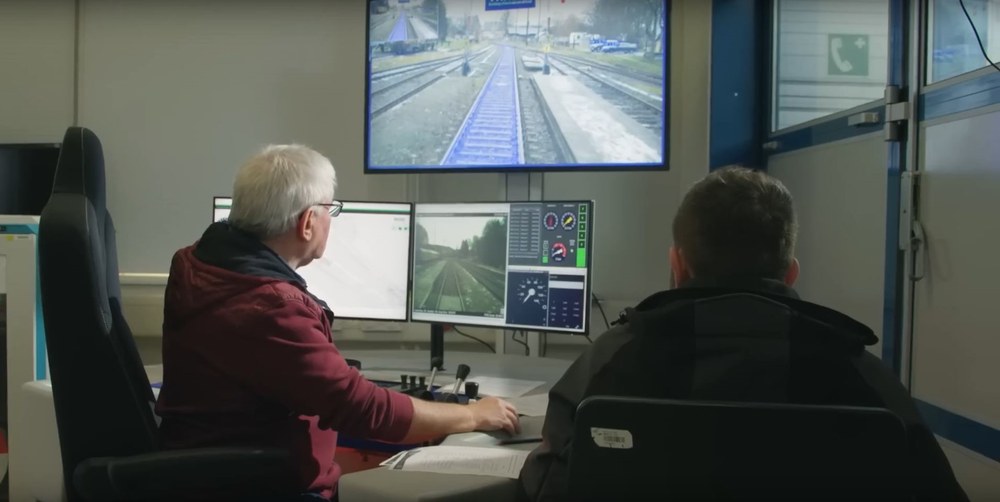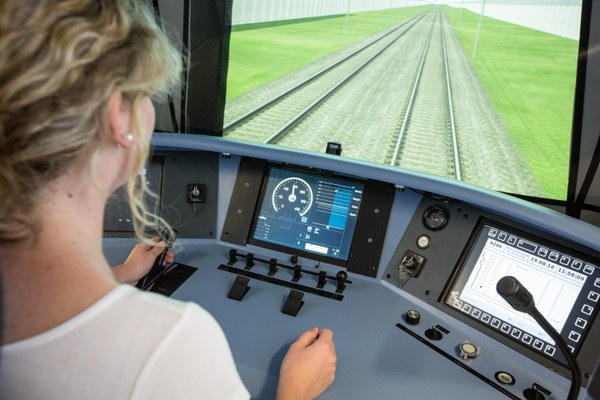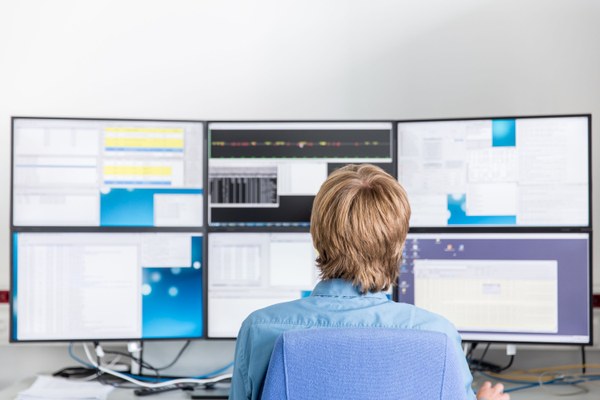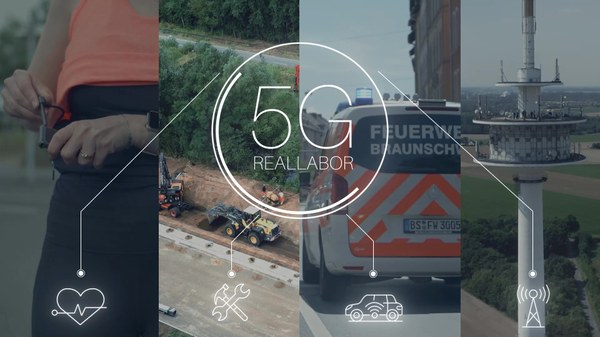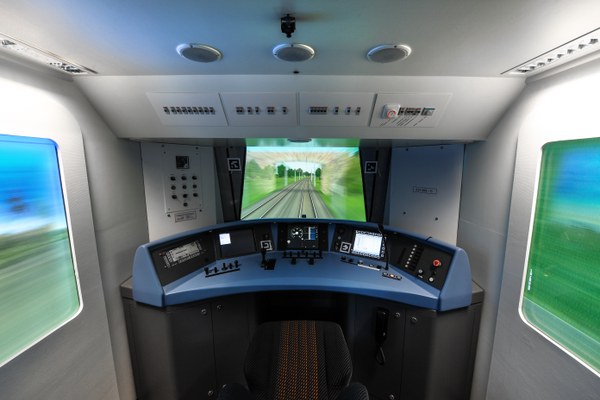ATO-Sense: Functional requirements for sensors and logic of an ATO unit
When introducing automatic train operation (ATO) in the railway sector, it must be determined how powerful the technical system for controlling the train must be. The question arises as to how these requirements for the technical system can be defined.

